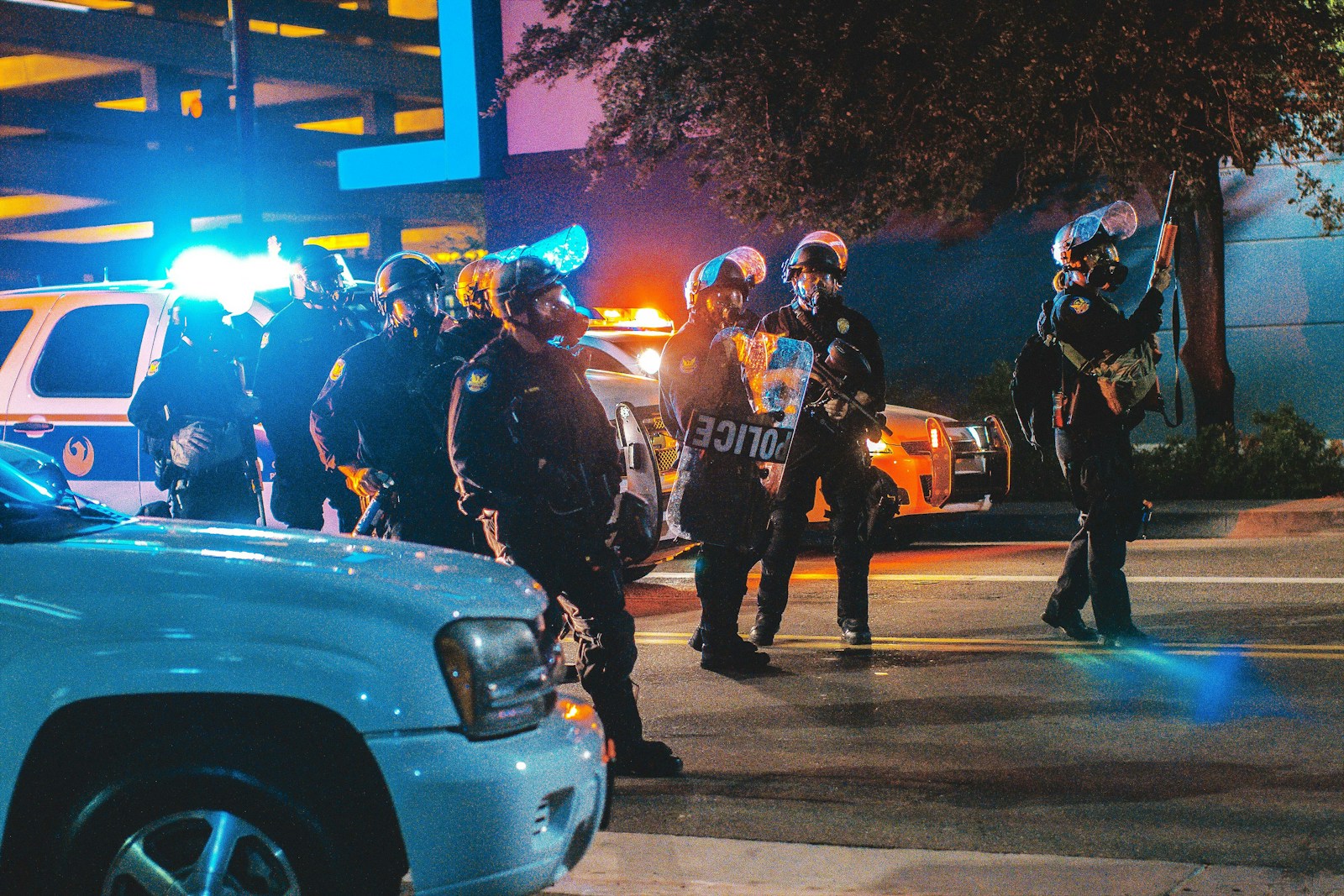Key Takeaways:
- New Orleans police secretly used facial recognition on live street cameras.
- A city law from 2022 was supposed to limit this tech to violent crimes only.
- Police didn’t follow the rules, leading to hidden arrests.
- The system used over 200 cameras and alerted cops’ phones with possible matches.
Secret Surveillance in the Big Easy
Imagine walking down the streets of New Orleans, enjoying the lively music and delicious food, without knowing you’re being watched. Recently, it came to light that the New Orleans Police Department has been using facial recognition technology to scan live camera feeds. This has been happening for years, and it seems they were trying to keep it under wraps.
The police used a network of over 200 cameras across the city. These cameras were connected to a system that could spot faces in real time. Whenever the system thought it found someone who might be a suspect, it sent an alert to police officers’ phones. They could then respond right away.
But here’s the problem: this tech was used in ways that might have broken a city law. Back in 2022, the New Orleans City Council passed an ordinance to regulate facial recognition. The law said police could only use this tech to investigate violent crimes. Also, before arresting someone, they had to follow strict steps. For example, they were supposed to send the photos to a “fusion center” where at least two trained experts would check if the match was accurate.
However, it looks like the police didn’t always follow these rules. Court records and public data suggest that the cameras played a role in dozens of arrests. But in most cases, the police reports didn’t mention how facial recognition was used. It’s like they were hiding part of the story.
Why This Matters
So, why is this a big deal? Well, facial recognition tech is controversial because it can make mistakes. Studies have shown it’s less accurate for people of color, women, and younger individuals. This means innocent people could be falsely identified as suspects.
The law in New Orleans was created to prevent such problems. It aimed to stop wrongful arrests and protect people’s civil rights. But if the police aren’t following the rules, those protections don’t work.
Moreover, using this tech without proper oversight raises concerns about privacy. Everyone deserves to feel safe in public spaces without being watched all the time. When police use tools like facial recognition secretly, it can erode trust between law enforcement and the community.
The Bigger Picture
This situation isn’t just about New Orleans. It highlights a growing issue across the U.S. as technology becomes more powerful. More cities are using facial recognition, and debates are heating up about how to balance public safety with individual rights.
Proponents argue that facial recognition can help solve crimes quickly and keep people safe. For instance, it might help find missing persons or identify suspects in serious cases.
But critics worry about misuse and bias. They point out that if the tech isn’t regulated, it could lead to unfair treatment of certain groups. Plus, when police don’t tell the public how they’re using these tools, it creates a lack of accountability.
What Happens Next?
Now that this secret use of facial recognition has been exposed, there are questions about what will happen next. Will the police department face consequences for not following the law? Will the city strengthen its oversight to make sure this doesn’t happen again?
The community is likely to demand more transparency. People want to know how their tax dollars are being spent and how their privacy is being protected. There might also be calls for better training for officers on using technology responsibly.
This story is a reminder that technology is a powerful tool, but it must be used wisely. Just because something can be done doesn’t always mean it should be. Cities need clear rules and strong oversight to ensure that tech like facial recognition is used fairly and justly.
In Conclusion
The New Orleans Police Department’s secret use of facial recognition shows how important it is to have strict rules and transparency. While the tech can be helpful, it’s only as good as the people using it. When rules are ignored, it puts everyone’s rights at risk. Moving forward, it’s crucial to find a balance between keeping communities safe and protecting individual freedoms.
This situation also reminds us that staying informed and holding those in power accountable is everyone’s responsibility. Whether it’s facial recognition or other technologies, we need to ask questions and demand answers to ensure our rights are respected.

